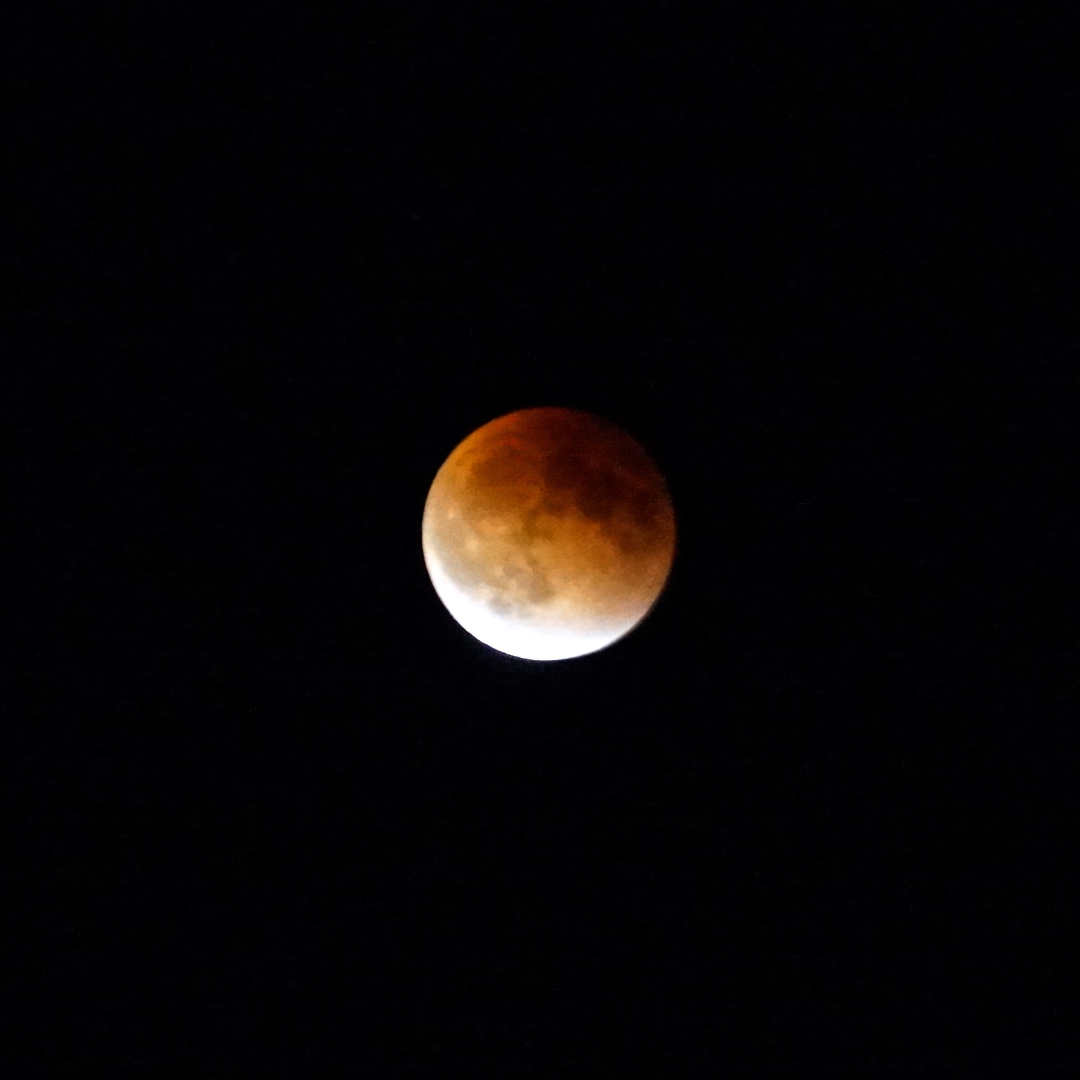In this article, we will be exploring all things related to the blood moon. Whether you are more curious about the science behind it or if you just want an overview of what is happening so that you get a better understanding, this article have you covered! We will also be going into detail about why a lunar eclipse happens and what causes it, in addition to talking about the differences from a solar eclipse. This article is full of all sorts of interesting facts and trivia for those who love learning about space and astronomy!
The Definition of a Blood Moon
A blood moon is when the Earth’s shadow covers the moon, giving it a reddish tint. The “blood moon” name comes from the ancient practice of sacrificing animals during a lunar eclipse to appease the gods. Whether you’re watching from your backyard or taking in the sights from a mountaintop, a blood moon is an unforgettable experience.
As the moon moves through Earth, its surface gradually darkens. At first, you might not even notice anything different. But as more and more sunlight is blocked out, the moon will start to take on a reddish hue. This happens because some of the sunlight that hits Earth’s atmosphere is bent (or “refracted”) around our planet and casts a red glow on the moon.
The exact color of a blood moon can vary depending on atmospheric conditions, but it is typically a deep red or coppery color.
What Happens During a Blood Moon?
A blood moon comes when the planet Earth blocks the sunlight from reaching the moon. The moon often takes on a reddish hue during a blood moon. It can only occur during a lunar eclipse. During a blood moon, it will often appear either red or orange. This is due to the way sunlight bends as it passes through the planet Earth’s atmosphere. The red and orange light waves can pass through the atmosphere while other colors are blocked.
How Often Are Blood Moons?
During a typical year, there are between two and four lunar eclipses, with at least one being visible from any given location on Earth. However, total lunar eclipses don’t happen frequently. On average, a total eclipse happens once every 2.4 years, although there can be a 5.5-year gap between eclipses.
The Moon’s orbit around the planet Earth is inclined by about 5 degrees to the orbit of the planet Earth’s around the Sun. This results in three bodies not lining up perfectly every time the Moon orbits Earth and an eclipse only occurs when the Sun, the planet Earth, and the Moon are approximately in line with each other.
There are three total lunar eclipses in a year, but this is rare. Blood moons are even less frequent, happening only once every few years.
Should I Be Excited For The Next One?
When it comes to astronomical events, the Blood Moon is one to get excited about. Not only is it a rare event, but it’s also a spectacular one. You can read some articles about this Blood Moon and why you should be excited for the next one.
Total lunar eclipses are not that rare, happening about twice a year on average. The blood Moons, however, are much less common as they only happen during certain phases of the moon cycle. There must be a full moon AND the moon must be at or near its perigee (the point in its orbit where it is closest to Earth) for you to expect a blood moon. This makes Blood Moons somewhat unpredictable, which is part of what makes them so exciting!
What Do You Mean By The Blood Moon?
The blood moon is a powerful symbol that has been associated with many different things throughout history. For some, it is a sign of impending doom, while others see it as a harbinger of change or a new beginning. No matter what people believe, the blood moon is a mesmerizing sight that always manages to captivate viewers.
There are different interpretations of what the blood moon means. Some people believe that it means the coming apocalypse, while others see it as a symbol of hope and change. No matter what people believe, the blood moon shows to be a powerful symbol that always manages to captivate viewers.
However, scientifically speaking, a blood moon is simply a lunar eclipse where the moon turns to the color red. This occurs when the Earth blocks the sun’s light from fully reaching the moon. While a blood moon may have different meanings to different cultures, the scientific explanation is relatively simple.
A blood moon is a special type of lunar eclipse that happens when the Earth’s shadow falls on the Moon. The name comes from the fact that the Moon often looks red during these eclipses. Blood moons are relatively rare, happening only about once every few years. However, they’re also some of the most beautiful astronomical events that you can witness. If you have the chance to see a blood moon, make sure to take it!





